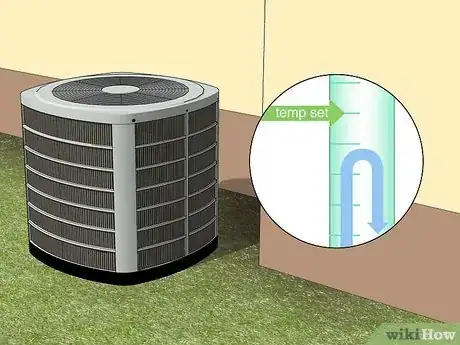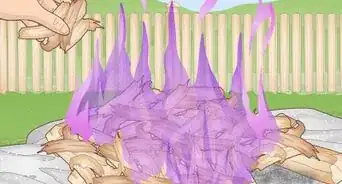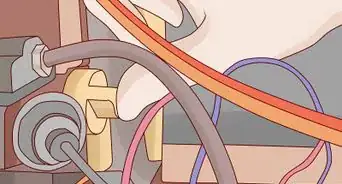This article was co-authored by wikiHow staff writer, Devin McSween. Devin McSween is a wikiHow Staff Writer. With a background in psychology, she has presented her research in social psychology at a variety of conferences and has contributed to several manuscripts for publication. At wikiHow, Devin combines her love of writing and research with the goal of bringing accessible information to wikiHow readers that will help them learn and grow. She earned her BS in Psychology from the College of Charleston.
There are 10 references cited in this article, which can be found at the bottom of the page.
This article has been viewed 1,025 times.
Learn more...
You come home after a long day, ready to relax, when you notice that your house doesn’t feel like the temperature displayed on your thermostat. That’s got to be a problem, but is it a sign that your thermostat’s gone bad? If you aren’t sure how to tell if your thermostat is malfunctioning or broken, we’ve got you covered. In this article, we’ll go over the 9 common signs that your thermostat is damaged. Plus, we’ll give you tips on how to troubleshoot and fix it.
Things You Should Know
- Your thermostat might be bad if it doesn’t match the temperature in your house, won’t respond to changes, or your HVAC system won’t turn on or off.
- If your thermostat won’t respond to changes or reads the temperature wrong, check that it’s turned on, set to “Heat” or “Cool,” and replace its batteries.
- If your HVAC system won’t turn on or off, turn your thermostat off at the circuit breaker, clean its wires with a soft brush, and make sure they're secure.
Steps
References
- ↑ https://www.dependablehvacatlanta.com/blog/tell-if-your-home-thermostat-is-bad/
- ↑ https://www.icebergheatandair.com/blog/2017/december/5-signs-you-need-a-new-thermostat/
- ↑ https://energyair.com/how-to-tell-if-home-thermostat-has-gone-bad/
- ↑ https://buehlerair.com/6-signs-your-thermostat-is-broken/
- ↑ https://www.abchomeandcommercial.com/blog/calibrate-thermostat/
- ↑ https://www.hurlimanheating.com/blog/2022/may/how-to-tell-if-a-thermostat-is-bad/
- ↑ https://comfortsystems.net/broken-thermostat-symptoms-maintenance/
- ↑ https://energyair.com/how-to-tell-if-home-thermostat-has-gone-bad/
- ↑ https://www.angi.com/articles/how-to-tell-thermostat-bad.htm




































































